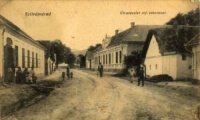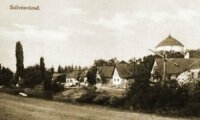Journey to the Szalajka Valley

Forest railway
The length of the track is almost 5 km, the destination is the Gloriett Glade. The narrow gauge, steam operated forest railway that was built based on the plans of engineer Márkus Ágoston started operating from 1908 until the Second World War. In was used mainly to transport wood and lime on the almost 30 km long line in the whole region of Bükk Plateau.
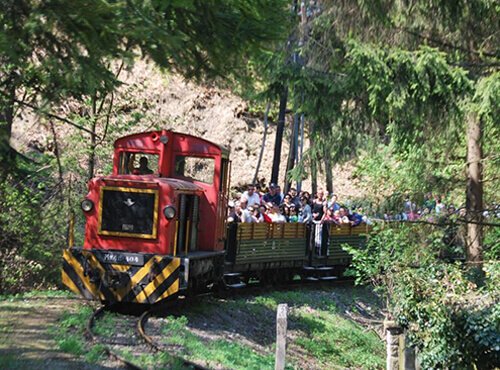


Szalajka Valley
One of Hungary's most popular tourist destinations, the middle mountain valley inhabited since prehistoric times was named after the pottery called salalkali after the Latin sal alcali. Many of its natural attractions and industrial monuments can be explored on foot, by bike or by the famous forest train.


Trout ponds - Fish of Szilvásvárad




Rock Spring
It is a rare and beautiful sight of nature as the crystal clear water of the spring breaks to the surface through the cave entrance. One of the most important geologic values of the Szalajka Valley is located not far from the Veil Waterfall.
The falling precipitation flows down the shale river basin until it reaches the emerging limestone streak. The limestone absorbs the waters flowing on it and leads them to the spring in the deep. This is a karst spring with one of the highest flow in the Bükk Mountain.
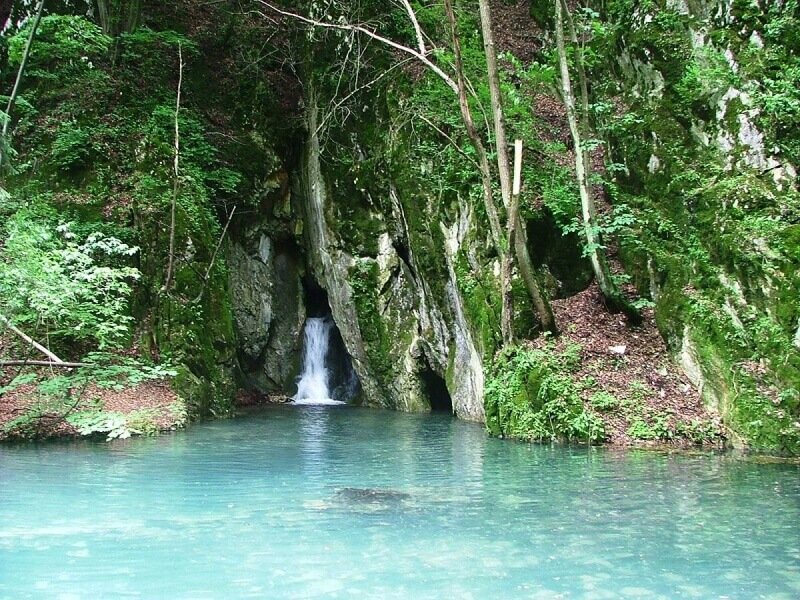


Veil Waterfall



SZALAJKA SPRING
The Szalajka Spring can be found in thei Szalajka Valley in the Bükk area. It is the one of the main sources of the Szalajka Stream. It starts approximately 450 m high, with a flow area of approximately 10 km². It transports the water from the most precipitation rich area of the Bükk Mountain (the Western ponors of the Great Plateau) underwater to the Szalajka Valley.
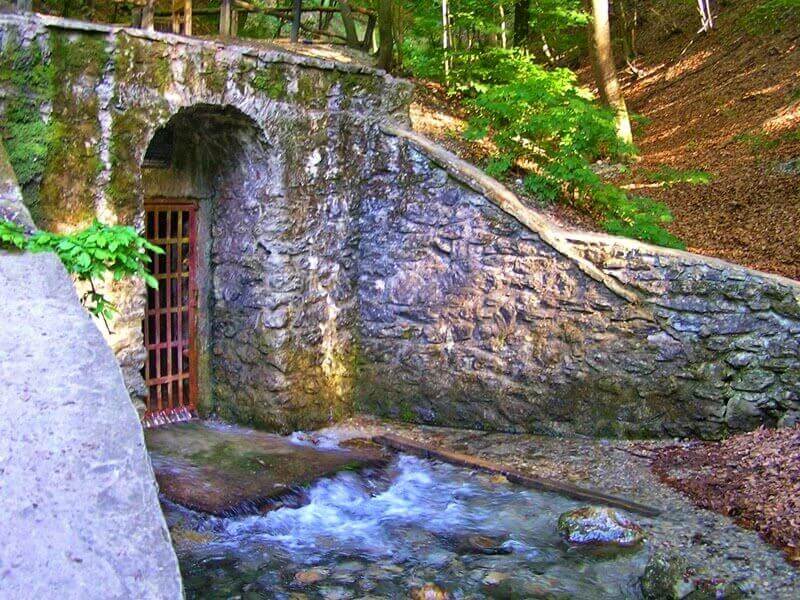


OUTDOOR FOREST MUSEUM



Istállós Rock Cave
Approximately 40.000 years old fossils were found in the cave: three skulls of cave bear, the second oldest flute in the world, a broken bonee marrow and numerous bone and stone tools. The stove weighing almost 80 tons which was taken to the archaeological department of the National Museum.
The cave can be reached by foot from the Gloriett Glade on a steep serpentine footpath.
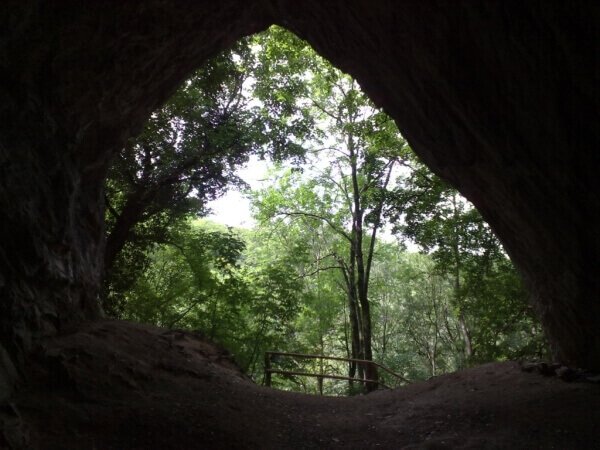


GLORIETT GLADE
The destination of the Szalajka Valley forest railway is the Gloriette Glade. Once the houses of the Szalajka village stood here, then the hunting cabin of the Pallavicini family and a gloriette (gazebo). Watchful tourists can still find the place where it once stood.
























